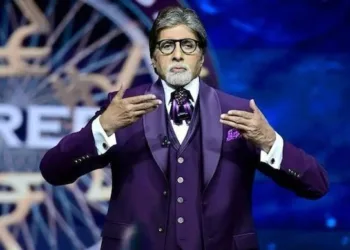The recent introduction of the new Nexon and Nexon EV models showcases the evolving design direction at Tata Motors. Many features from the Curvv concept have been incorporated into these models. Similar updates are now apparent in the Harrier and Safari facelift, both of which belong to the mid-size SUV segment and will receive not only new features but also a fresh petrol engine.

More about the Facelifted Harrier and Safari
Regarding the new Harrier and Safari features, there is a growing need to create a sophisticated and futuristic appearance, as these SUVs are expected to accommodate both internal combustion engine (ICE) and electric vehicle (EV) versions. The timing of the electric versions’ launch remains uncertain, whether alongside the facelifts or at a later date, but striving for a high degree of commonality helps reduce production costs. This approach is consistent with the Curvv concept, which is also set to offer both ICE and electric variants.
While the existing models exhibit typical rugged SUV design elements, the facelifted Harrier and Safari display more refined aesthetics. The front fascia has undergone a comprehensive transformation, incorporating alterations to the grille, bumper, and headlights. A notable addition is the full-width LED strip, a signature feature reminiscent of the Curvv concept. The design elements boast enhanced detailing, resulting in a cohesive and attention-grabbing theme.

It’s worth noting that the Harrier facelift and Safari facelift retain their distinct features, and similar distinctions will be present in their respective EV versions. The side profiles largely remain consistent, with the introduction of new alloy wheels being a notable change. At the rear, updates encompass the bumper, skid plate, and LED tail lights.
The interior of the Harrier facelift and Safari facelift has undergone significant revisions, evident in changes to the dashboard and central console. Both SUVs now feature a new two-spoke steering wheel adorned with a backlit Tata logo at the center. A spacious touchscreen, likely around 12 inches or more, positions itself as one of the segment’s largest. Additional highlights include a panoramic sunroof, ventilated seats, and radar-based advanced driver-assistance systems (ADAS) features.

One limitation that has hindered the Harrier and Safari’s market competitiveness has been the absence of a petrol engine option. Many rivals in the mid-size SUV segment offer both diesel and petrol powertrains, broadening their appeal. With the facelifted versions, Tata is anticipated to introduce a new 1.5-liter turbocharged petrol engine generating 170 PS of maximum power and 280 Nm of peak torque, available with both manual and automatic transmission choices. The existing 2.0-liter diesel engine, producing 170 PS and 350 Nm, will continue to be offered with manual and automatic gearbox options.








